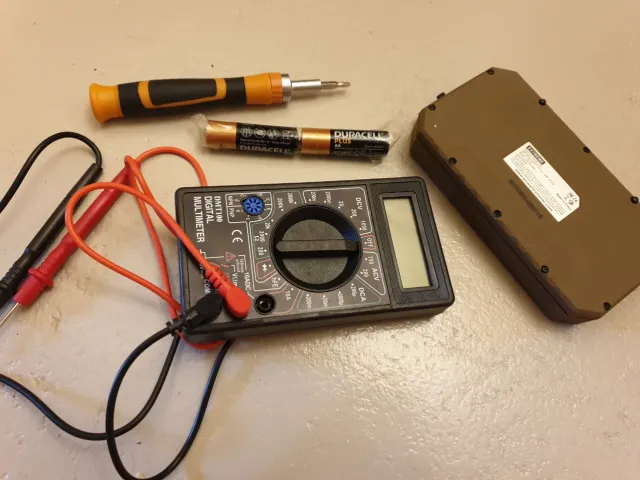battery tester
A battery tester is a vital tool designed to assess the condition and performance of various types of batteries, from small household batteries to large automotive and industrial ones. Its primary function is to measure the voltage and sometimes the current of a battery, providing immediate feedback on whether the battery is in good condition, needs recharging, or should be replaced. This makes battery testers indispensable for both professional technicians and everyday users who rely on batteries for numerous devices and applications.
Battery testers come in various forms, ranging from simple analog models to sophisticated digital devices. Basic testers often measure the voltage of a battery and provide a simple pass/fail indication. These are easy to use and suitable for quickly checking common household batteries, such as AA, AAA, C, D, and 9V batteries. More advanced digital testers can measure not only voltage but also the internal resistance and capacity of the battery, giving a more comprehensive picture of its health. These advanced testers are particularly useful for assessing rechargeable batteries used in power tools, electronics, and automotive applications.
The operation of a battery tester is straightforward. The user connects the battery to the tester’s terminals, and the device then measures the battery’s output. In the case of digital testers, the result is displayed on a screen, often accompanied by indicators or alerts that show whether the battery is fully charged, partially charged, or depleted. Some testers also feature additional functions, such as the ability to test multiple types of batteries, data logging capabilities, and even temperature measurement to account for how temperature variations can affect battery performance.
One of the key advantages of using a battery tester is the ability to identify weak or failing batteries before they cause problems. For example, in automotive applications, a failing car battery can be identified and replaced before it leaves the driver stranded. Similarly, in critical applications such as medical devices, ensuring that batteries are in good condition is essential for reliable operation. Regular testing can also help extend the life of rechargeable batteries by identifying when they need recharging or are no longer holding a charge effectively.
Battery testers also contribute to environmental sustainability by helping users manage battery usage more efficiently. By identifying batteries that can still be used and those that need to be recycled, testers help reduce waste and encourage the responsible disposal of batteries. This is particularly important for rechargeable batteries, which contain materials that can be harmful to the environment if not properly handled.
In conclusion, a battery tester is a practical and valuable tool for anyone who relies on batteries for personal or professional use. Its ability to quickly and accurately assess the condition of batteries helps prevent unexpected failures, extends battery life, and supports environmental sustainability. As technology continues to evolve, battery testers are likely to become even more advanced, offering greater accuracy, more features, and enhanced ease of use, making them an essential tool in the management and maintenance of batteries across various applications.

